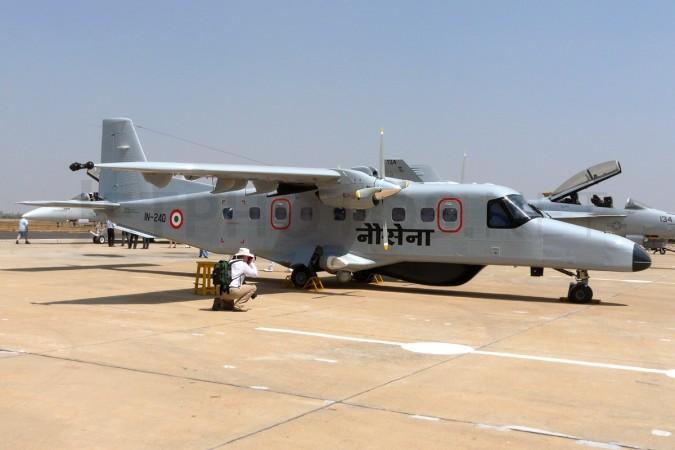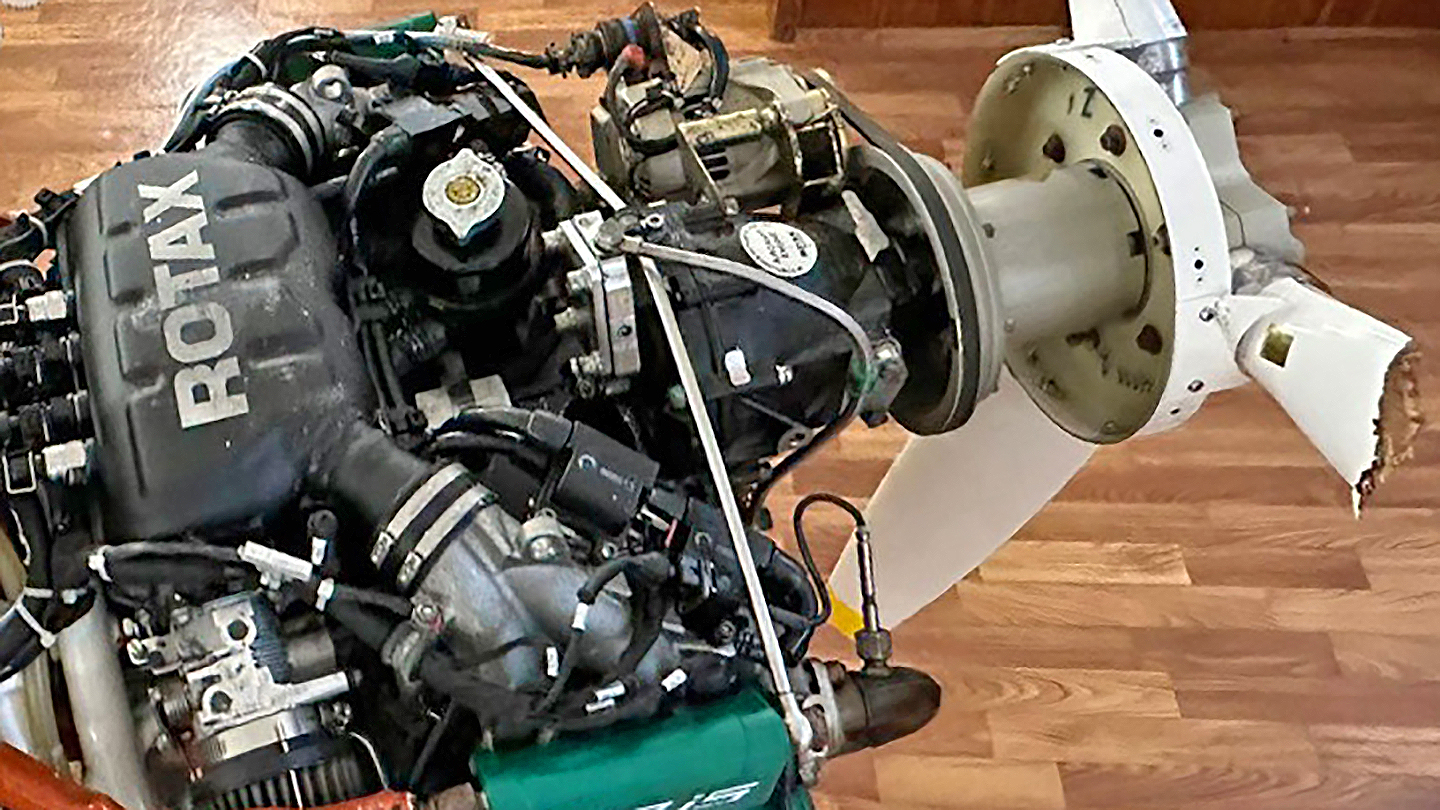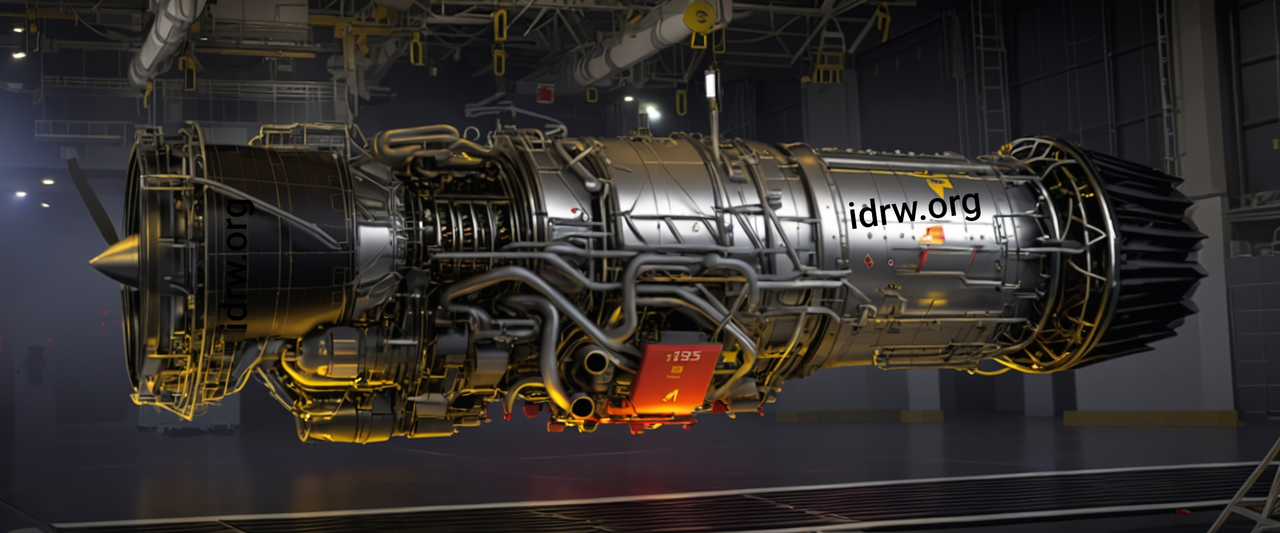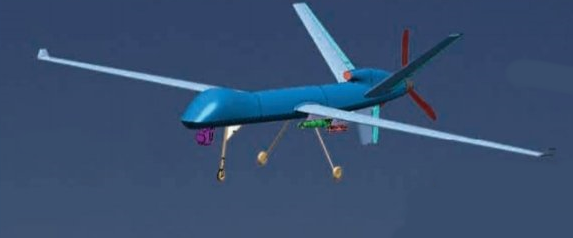SOURCE: RAUNAK KUNDE / NEWS BEAT / IDRW.ORG


In a recent statement to idrw.org, an official from Saab India outlined the possibility of coexistence between the Gripen-E and India’s indigenous Tejas MkII within the Indian Air Force (IAF), particularly in light of the upcoming Multi-Role Fighter Aircraft (MRFA) tender for 110 jets. This perspective comes at a time when many defence analysts argue that acquiring the Gripen-E might lead to unnecessary duplication of fleet capabilities.
The Gripen-E and Tejas MkII fall into the same weight class, with the Gripen-E having a Maximum Take-Off Weight (MTOW) of 16.5 tons and the Tejas MkII slightly higher at 17.5 tons. This similarity has sparked debates regarding the strategic necessity of purchasing the Gripen-E when India is actively developing its advanced fighter, the Tejas MkII, which offers marginally better range, endurance, and weapons-carrying capacity.
Continue readingSOURCE: RAUNAK KUNDE / NEWS BEAT / IDRW.ORG


In a move to strengthen bilateral defence cooperation and expand its footprint in the global defence market, India has proposed its domestically manufactured Dornier 228 aircraft to meet the operational requirements of the Malaysian Coast Guard. This offer not only includes the sale of the aircraft but also encompasses the establishment of maintenance facilities and the transfer of technology, highlighting India’s commitment to fostering long-term partnerships.
The Dornier 228, a twin-turboprop STOL (Short Takeoff and Landing) utility aircraft, has been a significant asset for the Indian Coast Guard, Indian Navy, and Air Force, primarily used for maritime patrol, search and rescue, and surveillance operations. Manufactured by Hindustan Aeronautics Limited (HAL) under license from its German origins, this aircraft has proven its reliability and versatility across various terrains and climates.
Continue readingSOURCE: AFI


In a groundbreaking development for defense technology, Larsen & Toubro (L&T), one of India’s leading conglomerates, has embarked on a collaborative journey with Amrita University (Amrita Vishwa Vidyapeetham) to develop a lightweight bulletproof material. This partnership aims to revolutionize the materials used in protective gear and armor for various defense applications.
L&T, renowned for its engineering prowess and commitment to technological innovation, has joined forces with Amrita University, which brings its expertise in research and development within the realms of science and engineering. This synergy is expected to yield a material that not only offers superior protection but also reduces the weight burden traditionally associated with bulletproof solutions.
Continue readingSOURCE: AFI

In the midst of Cold War tensions, an extraordinary event unfolded at the Paris Air Show that would be remembered for decades as a symbol of camaraderie transcending geopolitical divides. The legendary SR-71 Blackbird crew from the United States, led by Captain Steve Gisinc and Major Jim Greenwood, met with the Soviet Union’s Su-27 Flanker pilots in an encounter that was as unexpected as it was historic.
The SR-71 Blackbird, known for its unmatched speed and reconnaissance capabilities, was represented by pilots deployed from RAF Mildenhall in the UK. On the other side, Victor Pugachev, a celebrated Soviet test pilot, was showcasing the agility of the Su-27 with maneuvers like the “Cobra,” which left audiences in awe of its capabilities.
Continue readingSOURCE: AFI


The recent India-Thailand Defence Industry Seminar marked a pivotal moment for defense collaboration between the two nations. The event, attended by key defense industry players, diplomats, and military officials, not only facilitated discussions but also showcased the technological prowess of India through a special mini-exhibition.
The seminar, held in the vibrant capital of Thailand, saw the participation of representatives from ten major Indian defense companies. This gathering was an important platform to discuss potential collaborations in defense technology, manufacturing, and security solutions.
Continue readingSOURCE: IDRW.ORG


BRP-Rotax GmbH has moved to clarify recent speculations and reports suggesting that its aircraft business had been sold to a Chinese company. In a statement to idrw.org, the company firmly stated, “The aircraft business of ROTAX is still a part of BRP-ROTAX GmbH and as such belongs to the BRP corporation.”
This clarification comes in response to misinformation circulating in various media outlets, which had incorrectly reported a change to Chinese ownership. BRP-Rotax GmbH emphasized the importance of accurate reporting due to the potential impact on both customers and shareholders.
Continue readingSOURCE: AFI


The Indian Army is on the cusp of a significant leap in artillery capabilities with the development of the Pinaka III rocket system, which promises to extend its reach to 120 kilometers. This advancement, spearheaded by the Defence Research and Development Organisation (DRDO), is set to surpass the current 90-kilometer range of the Russian-origin Smerch system, potentially altering the strategic landscape for India’s ground forces.
During his annual press conference, Army Chief General Upendra Dwivedi shed light on the future of the Pinaka system. He confirmed that the DRDO is actively working on enhancing the range of the Pinaka rockets. “If the extended-range ammunition meets our requirements, we may not need other long-range systems. Pinaka could become our primary focus,” General Dwivedi stated, indicating a shift towards indigenous solutions for long-range artillery needs.
Continue readingSOURCE: AFI


The Indian Navy’s MiG-29K, a pivotal asset in its naval air arm, is set to make a significant debut at the Aero India 2025 air show, scheduled to run from February 10 to 14 at the Yelahanka Air Force Station. This year, the MiG-29K will not only be a part of the static display but will also showcase its recent upgrades, highlighting advancements in its armament and avionics suite.
The MiG-29K, known as the backbone of the Indian Naval Air Arm, has been instrumental in extending India’s maritime air power, particularly since its induction in 2010. Its capacity to operate from aircraft carriers like INS Vikramaditya and the newly commissioned INS Vikrant underscores its strategic importance.
Continue readingSOURCE: AFI

In the complex strategic landscape of the Indian Ocean Region, the Indian Navy faces the continuous challenge of maintaining maritime dominance while ensuring national security. A critical decision in this context revolves around the allocation of resources between nuclear submarines and aircraft carriers. Here’s a detailed examination of why the Indian Navy should prioritize investment in nuclear submarines over aircraft carriers.
Nuclear-powered submarines (SSNs) offer unmatched strategic advantages, particularly in terms of deterrence. Unlike aircraft carriers, nuclear submarines can remain submerged for months, providing stealth capabilities that are essential for both defensive and offensive operations. They serve as a key component of a nation’s nuclear triad, ensuring a second-strike capability that is vital under India’s “no first use” nuclear policy. This deterrence is not just about nuclear warfare but also about maintaining a credible threat perception among adversaries.
Continue readingSOURCE: AFI


In a display of strategic might and precision, the Indian Army’s Western Command has successfully executed a test launch of BrahMos missiles during a military exercise. The event, observed by senior military officials including the Commander-in-Chief of the Andaman and Nicobar Command and the General Officer Commanding (GOC) of the Kharga Corps, showcased the formidable capabilities of the Indian armed forces.
The exercise was not just a routine test but a significant demonstration of India’s readiness and technological prowess in missile warfare. The BrahMos missile, known for its supersonic speed and pinpoint accuracy, was launched in a salvo, highlighting the system’s ability to engage multiple targets with devastating efficiency.
Continue readingSOURCE: AFI


The Pakistan Air Force (PAF) is set to redefine its aerial combat capabilities with the upcoming JF-17 Block 4, part of the ambitious PF-X (Pakistan Fighter Experimental) program. Slated for a debut in 2028, this project signifies a significant evolution from the baseline JF-17 Thunder, which has been a cornerstone of PAF’s fleet since its induction.
Originally designed in collaboration with China’s Chengdu Aircraft Industry Corporation, the JF-17 Thunder has seen several upgrades, each enhancing its combat effectiveness. A few years ago, proposals emerged for the JF-17.7 and JF-20, envisioned as advanced variants.
Continue readingSOURCE: RAUNAK KUNDE / NEWS BEAT / IDRW.ORG


In an exclusive conversation with idrw.org, a senior official from Safran, the French aerospace giant, confirmed that the forthcoming 110kN thrust engine, to be developed in collaboration with India’s Gas Turbine Research Establishment (GTRE) for the Advanced Medium Combat Aircraft (AMCA) program, will feature a completely new core design, distinct from the M-88 engines currently used in the Rafale jets.
The Safran official emphasized, “The 110kN engine will not share any core components or technology from the M-88. It’s designed from the ground up to meet the specific requirements of the AMCA.” This revelation underscores a significant commitment to innovation, ensuring that the engine will be tailored to the unique challenges and specifications of India’s 5th-generation fighter jet program.
Continue readingSOURCE: RAUNAK KUNDE / NEWS BEAT / IDRW.ORG


In a bid to rekindle a long-stalled joint venture, Russia has approached India to reconsider the development of the Multirole Transport Aircraft (MTA) project. This proposal comes after the Indian aerospace giant, Hindustan Aeronautics Limited (HAL), had previously withdrawn from the project due to disagreements over engine specifications.
The MTA was intended to be a collaborative effort between Russia’s United Aircraft Corporation and India’s HAL, aimed at replacing India’s ageing fleet of Antonov An-32 transport aircraft. The project, initially envisioned in 2007, saw India planning to procure 45 aircraft, with Russia looking to acquire around 100. However, the venture hit a snag in 2016 when HAL decided to pull out, primarily due to differences over the selection of engines and management of the project.
Continue readingSOURCE: RAUNAK KUNDE / NEWS BEAT / IDRW.ORG


After a service span from 2002 to 2024, the Indian Navy has officially de-inducted its fleet of Searcher MK II Unmanned Aerial Vehicles (UAVs). This decision marks the end of an era for these short-range UAVs within the naval service, as confirmed by a high-ranking official to idrw.org.
The Searcher MK II, with a weight of 500 kg and a payload capacity of just 68 kg, was initially inducted into the Indian Navy at a time when Medium Altitude Long Endurance (MALE) and High Altitude Long Endurance (HALE) UAVs were not widely available or considered for naval applications. Despite their de-induction, these UAVs will not be immediately disposed of. Instead, they will be kept in storage, as stated by the official, to be potentially reactivated if future needs arise.
Continue readingSOURCE: AFI


Bengaluru-based NewSpace Research and Technologies (NRT) has set its sights on the development of the Abhimanyu, a Collaborative Combat Aircraft (CCA) that promises to redefine tactical aerial capabilities. This innovative unmanned platform is designed to operate as part of a Manned-Unmanned Teaming (MUMT) system, providing a cost-effective, expendable solution tailored for multiple mission profiles including Intelligence, Surveillance, and Reconnaissance (ISR), kinetic attacks, decoy operations, and Electronic Warfare (EW).
The Abhimanyu stands out due to its Tactical Interdiction and Attack Air Vehicle (TIA-AV) design philosophy, focusing on being low-cost, intelligent, and expendable. This approach aims to deliver a platform that can be deployed in large numbers for various combat scenarios, enhancing operational flexibility and reducing the risk to human pilots. The modular design of the Abhimanyu allows it to adapt swiftly to different mission requirements, from gathering intelligence to engaging in direct combat or electronic warfare, making it a versatile asset on the battlefield.
Continue reading